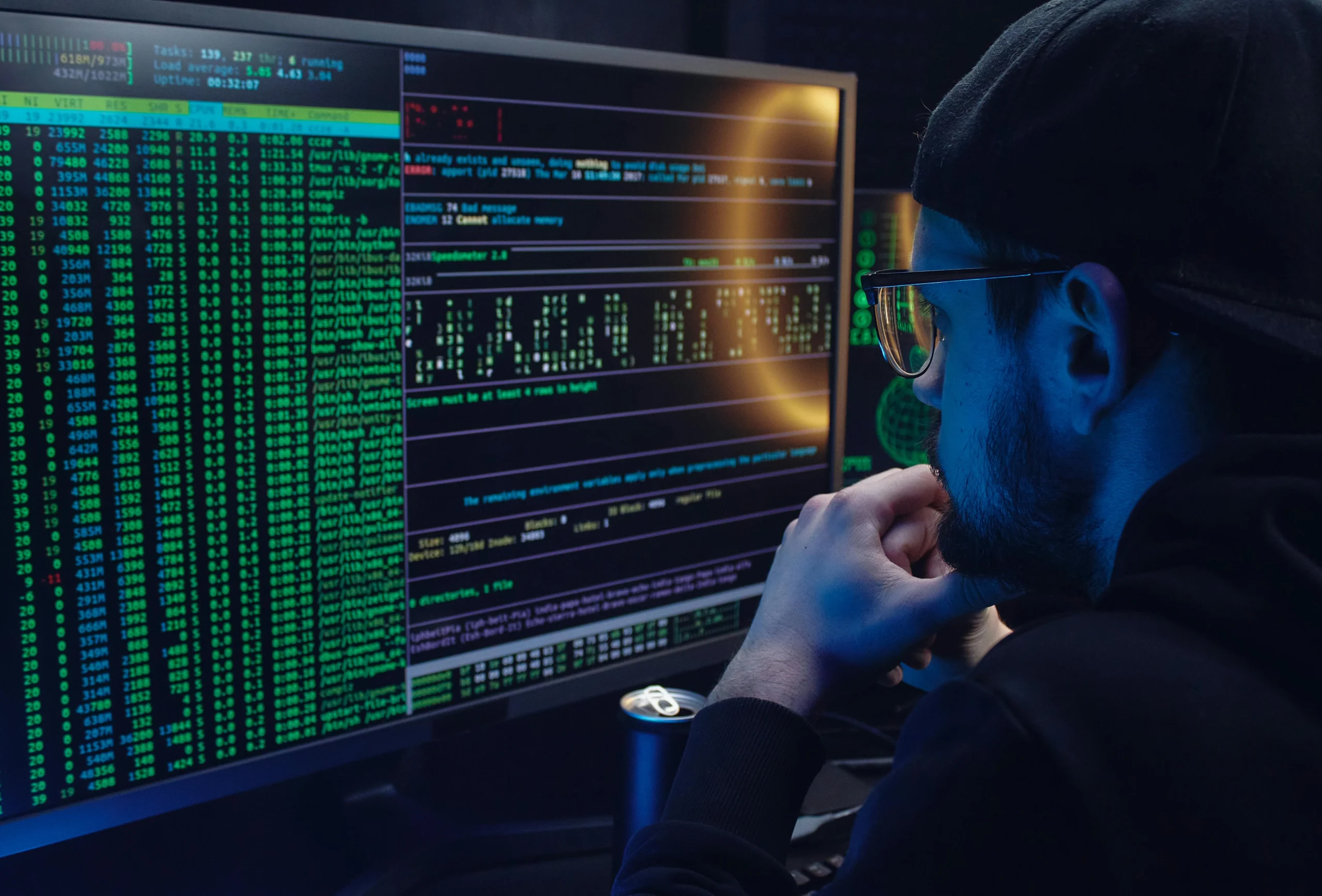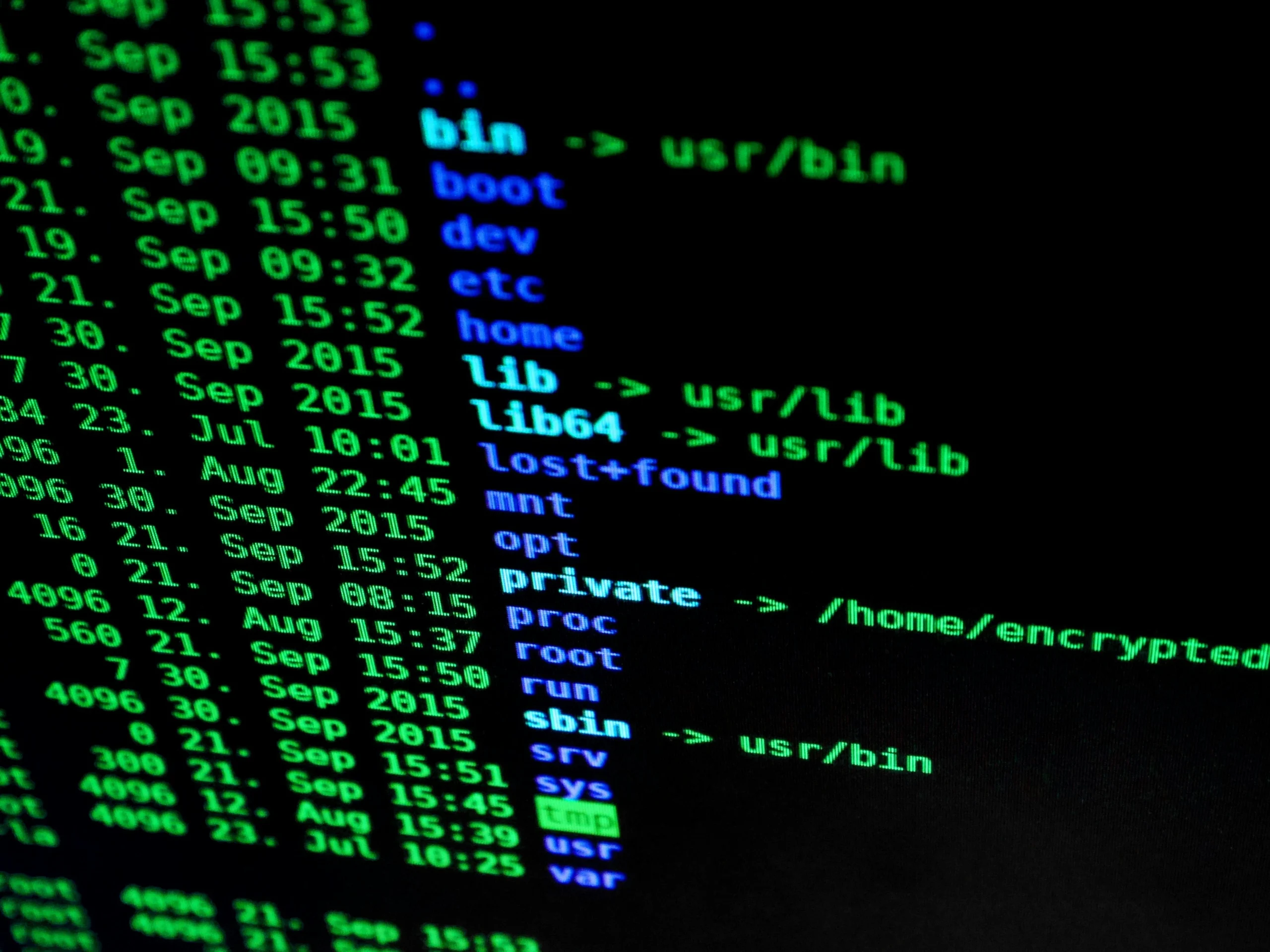Technical documentation is often overlooked in development cycles, with developers reluctant to maintain it due to the rapidly changing nature of software. Generative AI offers solutions that can keep documentation up to date automatically, aligning with the pace of code changes and deployment. Digital leaders emphasize the need for documentation, yet budget constraints often leave technical writers out of project plans.
Generative AI tools not only streamline the creation and updating of documents but also enhance the relevance and usability of information for different stakeholders, including developers, architects, and compliance auditors. For instance, as generative AI evolves, it’s expected to completely replace traditional documentation methods, offering real-time updates and context-aware insights. By focusing on user needs, development teams can better tailor their documentation strategies, ensuring that essential guidelines and operational procedures remain accessible and effective.
Furthermore, the integration of AI into documentation practices transforms them from static references into dynamic resources that adapt alongside software applications. As organizations invest in these tools, they establish a new standard for documentation that prioritizes clarity, accuracy, and user engagement, ultimately improving project outcomes and user satisfaction.
👉 Pročitaj original: CIO Magazine








